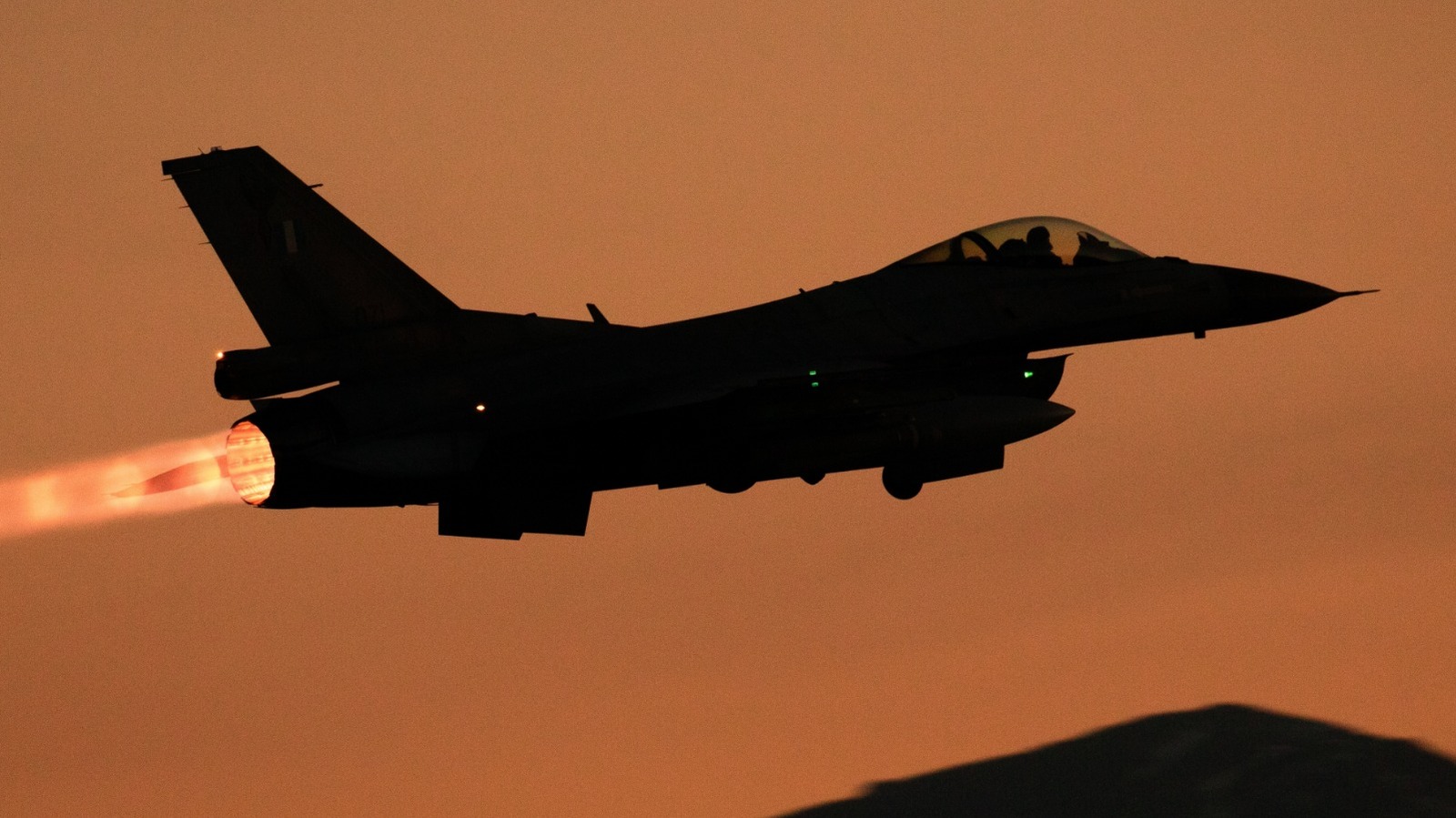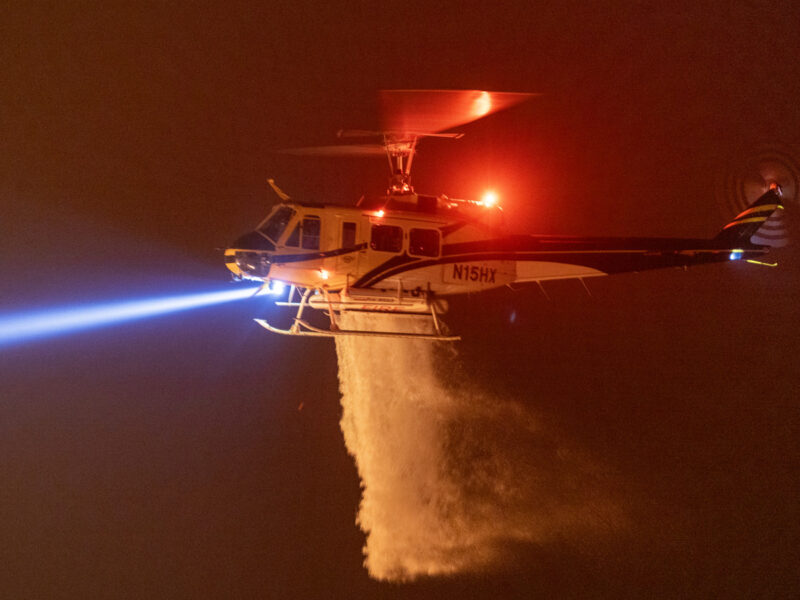&# 13;
&# 13;
&# 13;
&# 13;
&# 13;
If you read armed forces books or view military aeronautics films, you would certainly’ve most likely heard of shuffle. When this occurs, you see pilots and aircrew running around the airbase or a carrier deck, and after that jets, usually fighter jets, take off a couple of moments later on. This is usually followed by a stunning air-to-air battle, with competitor planes challenging with adversaries in dogfights.
Ad
Although it may appear like a simple procedure of an airplane fleet taking off quickly, a shuffle is in fact a complex coordination in between numerous bases, detection systems, personnel, and tools. And while you may assume that scrambles take place seldom, you might be stunned to understand that they take place more frequently than you would certainly expect.
Let’s look at what exactly a shuffle is and how the practice developed throughout the years. We’ll likewise look into the length of time it requires to obtain aircrafts in the air from the initial circumstances of discovery.
&# 13;
What does clamber mean in armed forces aviation?
According to the Cambridge thesaurus, shuffle indicates to “relocate promptly,” and this is precisely what it suggests for pilots– that they need to activate promptly from where they’re stationed, jump into their airplanes, and then get them right into the air. So, when a scramble is called, the aircraft on alert should get off the ground as swiftly as feasible.
Promotion
A scramble is typically called so that the jets on alert can intercept one more aircraft or fleet that’s coming close to a country’s (or its ally’s) boundaries without approval. A shuffle is additionally often called within a nation’s borders if an aircraft or craft is going into a restricted airspace (like the air over Washington D.C.), or if a trip suggests that it has been pirated. As an example, Helios Airways Trip 522 was intercepted by the Greek Flying Force after its pilots fell short to react.
But what you may not understand is the calculated bombing planes can be rushed, also. This held true throughout the height of the Cold Battle, when U.S. Strategic Air Command kept several B- 52 Stratofortress bombing planes, several of the oldest aircraft still in service today, on ground alert. This suggested that these bombing planes required to be ready to take off in around five minutes. In this way, the U.S. bombing plane fleet can take off in case of an attack and conduct an interception or retaliatory strike as soon as feasible.
Advertisement
&# 13;
The shuffle was developed throughout the Battle of France and the Battle of Britain
The term scramble was initially used during World War II, when the British Royal Air Force (RAF) and French Armée de l’Air pilots were on standby to defend the skies of France versus some of these legendary Axis aircraft. When the German Luftwaffe were discovered, these Allied pilots would certainly go to their waiting fighter airplanes, remove, and involve the enemy.
Ad
After the Loss of France on June 22, 1940, Hitler set his sights on to Britain, therefore beginning the Battle of Britain. First intending to accomplish air superiority over the islands, the Germans attacked British army targets, including landing strips, ports, factories, and radar installments. Nonetheless, the country’s innovative air protection network, the Dowding System, offered the British Fighter Command and its boxer pilots sufficient time to obtain their Spitfires and Hurricanes– 2 of one of the most significant airplane that fought during the Battle of Britain — set in motion to meet the German risk.
With the Luftwaffe stopping working to achieve air prevalence over the U.K., the armed forces changed its technique to bombing London– called the Strike– wishing to damage the will of the British people. Nonetheless, even this fell short, leading Hitler to abort his invasion plans against Britain.
Advertisement
&# 13;
What occurs throughout a shuffle
While informally known as a “scramble,” the appropriate term for this activity is Quick Reaction Alert for NATO or Airspace Control Alert amongst the U.S. Division of Protection. The treatments that comprise a shuffle will certainly range countries and even solutions, however allowed’s look at how the RAF, among the first armed forces to utilize this action, does this.
Promotion
The RAF utilizes numerous ground-based military and private radars to keep track of the airspace around the UK. This system works 24/ 7, 365 days a year to construct a Recognized Air Photo (RAP), which informs the operators the area and identification of every airplane in and around the Home Islands. The group is located at the Control Coverage Center (CRC) in RAF Boulmer, situated in Northern England, and it shares the data with the National Air and Space Procedures Center (NASOC) at RAF Air Command in High Wycombe. This is the head office for the Air Command and lies about 260 miles southern of RAF Boulmer.
If the CRC saw an unidentified airplane, it would notify NASOC, which would then choose whether it warranted an interception. If that holds true, it will inform the CRC to clamber jets. The CRC then passes on the command to RAF Lossiemouth in Scotland, some 170 miles north of RAF Boulmer, which would certainly send out Eurofighter Hurricane jets, one of the most sophisticated jets flying today, to obstruct the call. Pilots at RAF Coningsby, some 170 miles south of the CRC, are likewise alerted to standby in the cabins of their boxers in case added support need to be released.
Advertisement
&# 13;
How much time it requires to place airplane in the skies
As you can see, rushing a jet is a lot more involved than simply the pilots going to their airplane. It takes about four to five minutes for pilots on standby in their trip matches to get involved in their fighter jets that are armed and sustained, strap in and launch the aircraft, taxi and align on the path, and then punch afterburners to remove. This time around is reduced by around two minutes if the pilots are currently seated and waiting in their cockpits, like the standby trip at RAF Coningsby.
Advertisement
Nonetheless, before the command to shuffle is offered, a numerous decisions have to be made initially. One instance in June 2023 revealed that it took the North American Aerospace Defense Command (NORAD), the organization that secures the air room of the united state and Canada, regarding an hour and fifty percent to choose if it must rush 6 F- 16 boxer jets. ABC News reported that a Cessna Citation exclusive jet was unreachable some 15 mins after it took off from Tennessee, which NORAD has actually been informed of this about eight mins after air-traffic control (ATC) was last able to contact the pilots.
NORAD resisted releasing jets, though, since the private jet was following its filed flight strategy. Nonetheless, when it reached its intended location and reversed heading in the direction of Washington, D.C, rather than landing. So, at around 3 pm, F- 16 boxer jets from 3 different air bases were sent out to intercept and investigate the jet. By 3: 20 pm, 2 F- 16 s from Maryland got to the airplane. While it took NORAD around an hour and half to choose to intercept the unresponsive aircraft, it took the fighter jets simply 20 minutes to intercept the Cessna as soon as their pilots got the command.
Promotion
&# 13;
What pilots do when they get in the air
When the scramble was introduced in World War II, the competitor pilots were entrusted of shooting down the opponent aircraft entering France and England meaning to bomb targets. During the Cold Battle, the cavity’s ground sharp forces were intended to carry out retaliatory strikes in case the Soviet Union flopped the U.S as a form of prevention.
Advertisement
The good news is, we don’t need to fret about those today. Instead, scrambles are typically airborne cops work, where they check out aircraft that are less competent and chase, identify, and escort them as needed. Although the boxer jets carrying out these interceptions are armed, their objective is about keeping the tranquility. NATO aircraft are typically seen intercepting and escorting Russian aircraft flying in worldwide airspace (which the Russians does to NATO aircraft too and is common technique), various other objectives include assisting lost private pilots, aiding air crews with medical troubles, and catching medication joggers flying reduced to prevent radar discovery.
&# 13;
&# 13;


